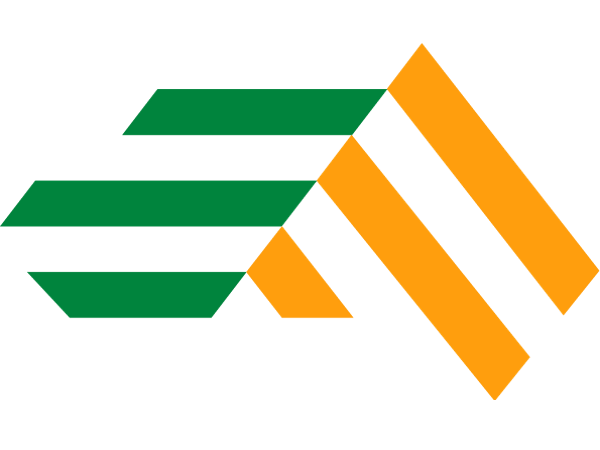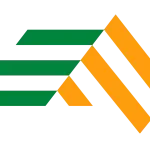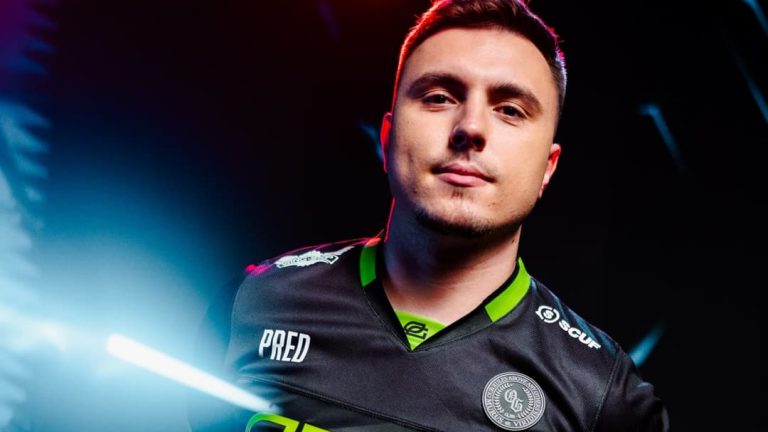After a brief collapse in the early goings of the group stage, Team Liquid fought back to earn some wins against Flash Wolves and Fnatic as North America’s LCS representative once again failed to secure passage into the knockout rounds at MSI.

This worrying display of poor performances from the NA region has become a bit too routine. North America has now failed to make it past the quarterfinals in any major international tournament since MSI 2016, and the hunger for success has only grown for NA fans as North America locked into a franchised league this year.
In order to succeed, NA will have to overcome some key problems plaguing their region including constantly shifting team rosters and massive infrastructure changes that will help them catch up to their Eastern competitors sooner rather than later.
Lack of stability
North America has been integral to the culture of League of Legends since its start, but their dominance as a region in competitive play has always lacked in comparison. Even with the past dynasties of Cloud 9 and Team SoloMid, the difficulty of making top four in any major tournament has eluded most NA teams for the better part of six years.
In 2016, there was a small glimmer of hope that made NA fans believe as CLG were able to shock the world (and themselves) with their stellar MSI 2016 run. A second place performance in a tournament stacked with talent from RNG to SKT was no small accomplishment at the time. Lack of expectations, insane mechanical gameplay and brilliant runs of form from Stixxay, Xmithie and Aphromoo charged CLG to the highest finish of a Western team since CLG.EU’s finish at the S2 World Championships four years prior.

As the profile of that CLG roster grew, so did their run of form in the following season as CLG, TSM and Cloud 9 all carried the batons for NA forward at the World Championship. At the time, TSM were regarded as the most dominant team ever assembled after the Summer Split as they amassed a 17-1 record heading into playoffs. Cloud 9 coming in second was no slight to their own ability as Sneaky, Smoothie and Jensen were all playing at peak levels heading into the tournament.
With all the expectations, good run of form, and positive momentum on their side going into Worlds, no pundit or die-hard fan could predict the resounding disappointment NA fans would face as CLG and TSM failed to make it out of their respective groups.
CLG faced a pitfall of hubris as their lack of scouting on wildcard Albus Nox Luna cost them two crucial games in their group. TSM’s first week of the group stage went well, but the collapse in week two was a sad moment in history as they went down to RNG and Samsung in the head to head and crashed out of the tournament.

The following year was more of the same for North America in terms of heartache as TSM failed to make their mark at MSI without Doublelift and the replay of grief continued into Worlds as TSM and Immortals failed to make it out of groups. Through all the disappointment, Cloud 9 has remained an unlikely beacon of hope as their consistent quarterfinals appearances at tournaments were made possible by big time players like Jensen, Impact and Meteos over the years.
Franchising may help, but not right now
Season 8’s introduction of franchising into North America may have some benefit for certain orgs looking to invest in team growth. The average World Championship winning roster is 60% consistent for at least two years before they lift the trophy, and only three teams (CLG, TSM, C9) in the entirety of NA LCS have been able to do that since Season 3.
In the past, when remaining in the LCS was constantly on the line, the idea of ‘blowing it up’ for a split in order to reforge your hand at a decent roster every six months became a normal practice for certain orgs too afraid of the drop off to build on pre-existing pieces.
Because of this, ambitious projects previously started by Team Liquid and Echo Fox have come and gone and the ecosystem of quality NA teams dwindles severely at the start of every season. 2018 Spring was no different as only nine players in the entire LCS remained on the same team they started on in 2017. This drastic uprooting in player base has been at the core of why NA has a struggle developing talent that can sustain quality long-term results.

This year’s showing at MSI was another example of that lack of preparation NA teams have in a region constantly on the revamp. Team Liquid’s perceived dominance over domestic teams in NA were quickly put down as more experienced rosters like Fnatic and KZ were able to outmaneuver a Team Liquid team that is still only six months along in development.
While teams like TSM, C9 and TL have the potential to get ahead in the years to come, the blend of synergy has not come for a majority of these teams even though the world’s best teams continue to build long standing synergy spanning years.
War of intelligence
For all the gain that North America can make on a player level, the real action starts at the front office as the search for quality coaching and analysis becomes a top priority. Cloud 9’s long lasting success with a variety of players does not occur in isolation.

Their owner has carefully crafted a coaching staff of respectable and knowledgeable players that can thoroughly deliver good intel and understanding of the game on the elite international level. C9 Reapered’s pedigree as a former LoL pro becomes invaluable as he has guided a new generation of players in his system to high degrees of success.
What North America can’t make up for in mechanical ability, they must take back in infrastructure as Korea, China and Taiwan have become leaders in innovation for coaching and game planning throughout the scene. Instead of copying the leader, and catching up to what the next region is doing, creating unique strategies and forms of winning games becomes infinitely more important to the next team up.

Going forward, these coaching staffs will ideally start to foster the natural talent given to these players as they will grow to be the best version of a pro gamer they can be. It’s not just a mechanical issue, the ideal NA player must be able to think about the game at a high level, and execute any given game plan to a high degree. A kind of growth only takes place when you bridge the gap of understanding through first-hand experience and build that legitimate bond between coach and player.
Photo Credits: Riot Games | LoL Esports





